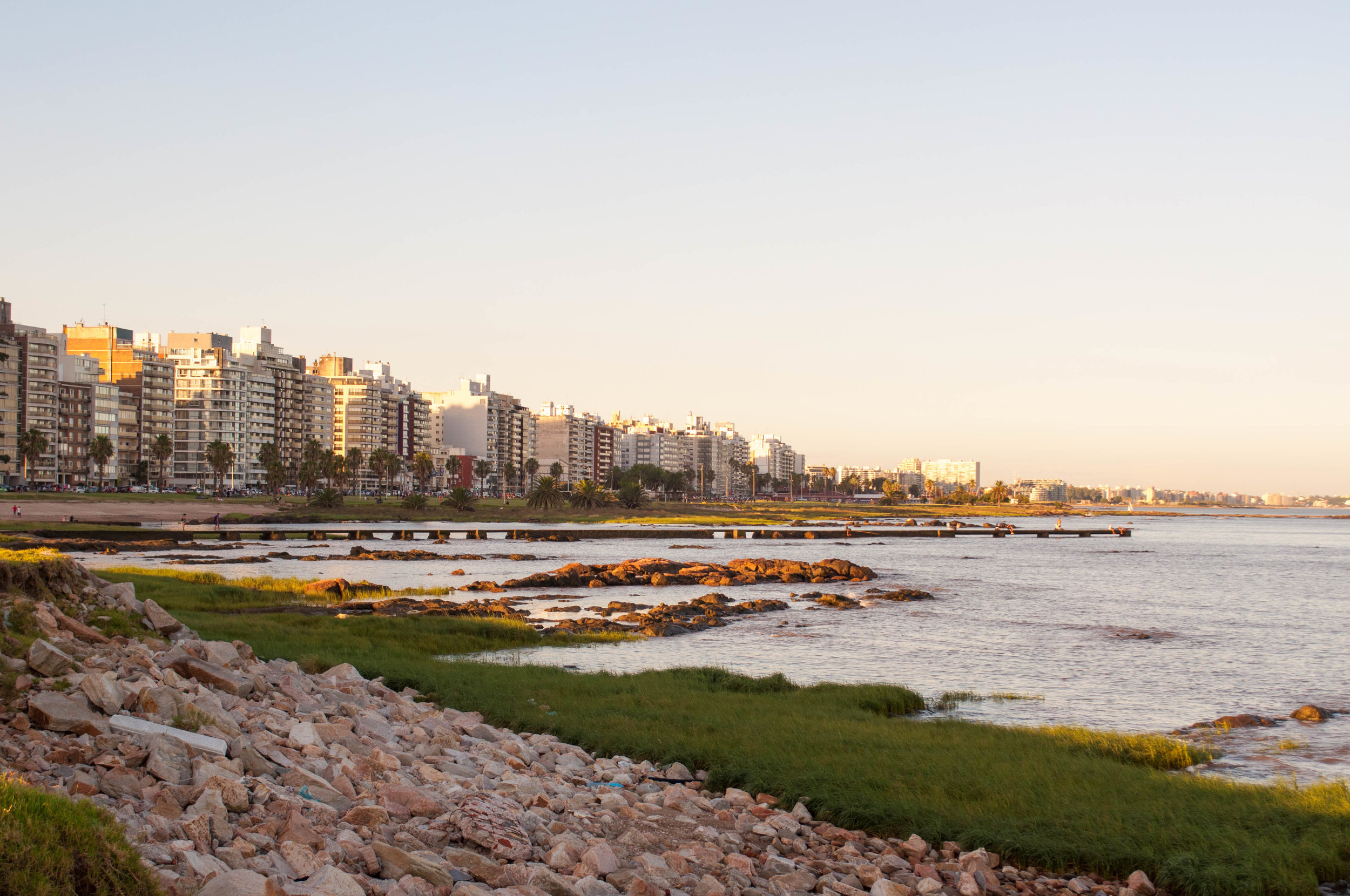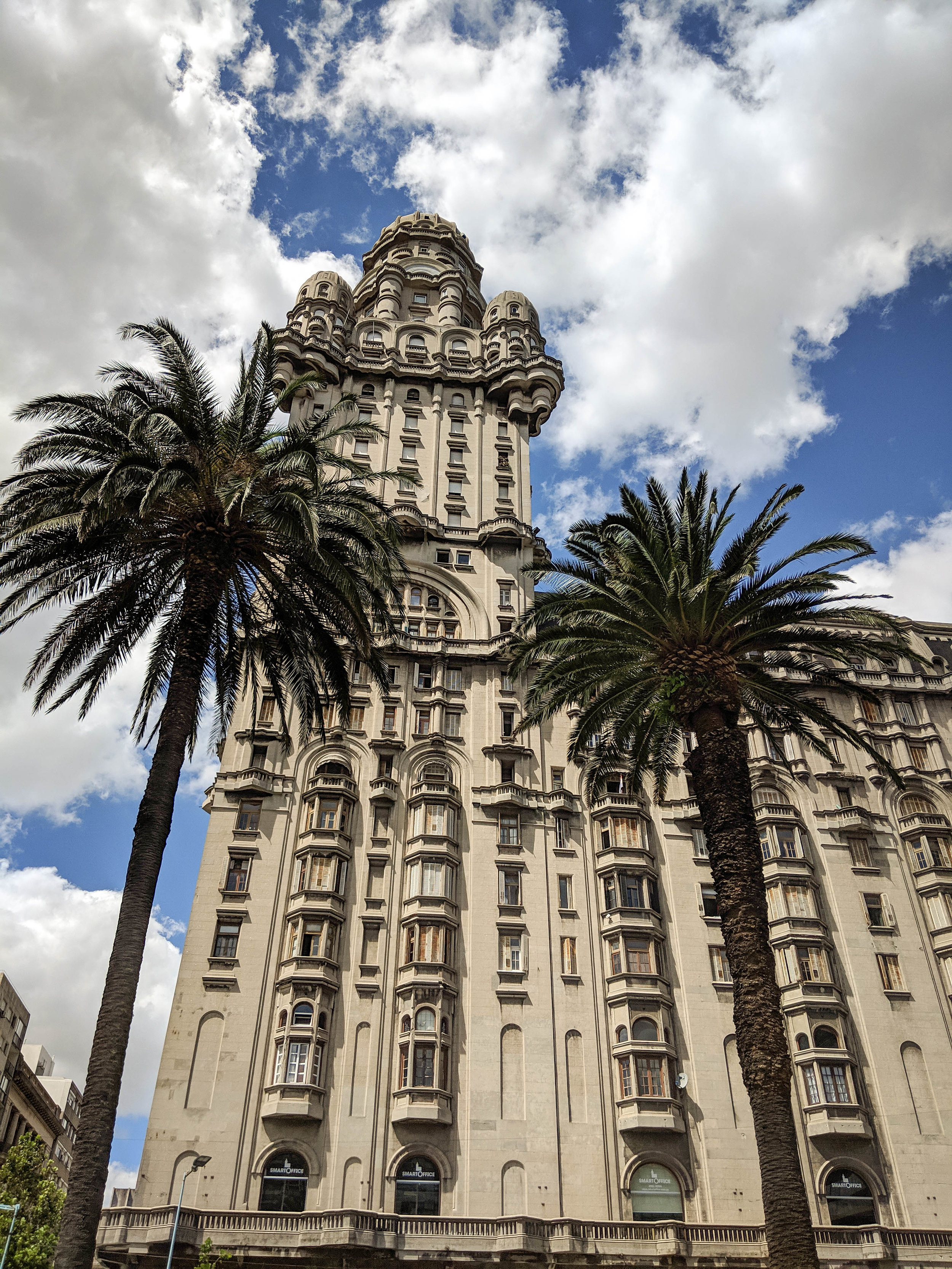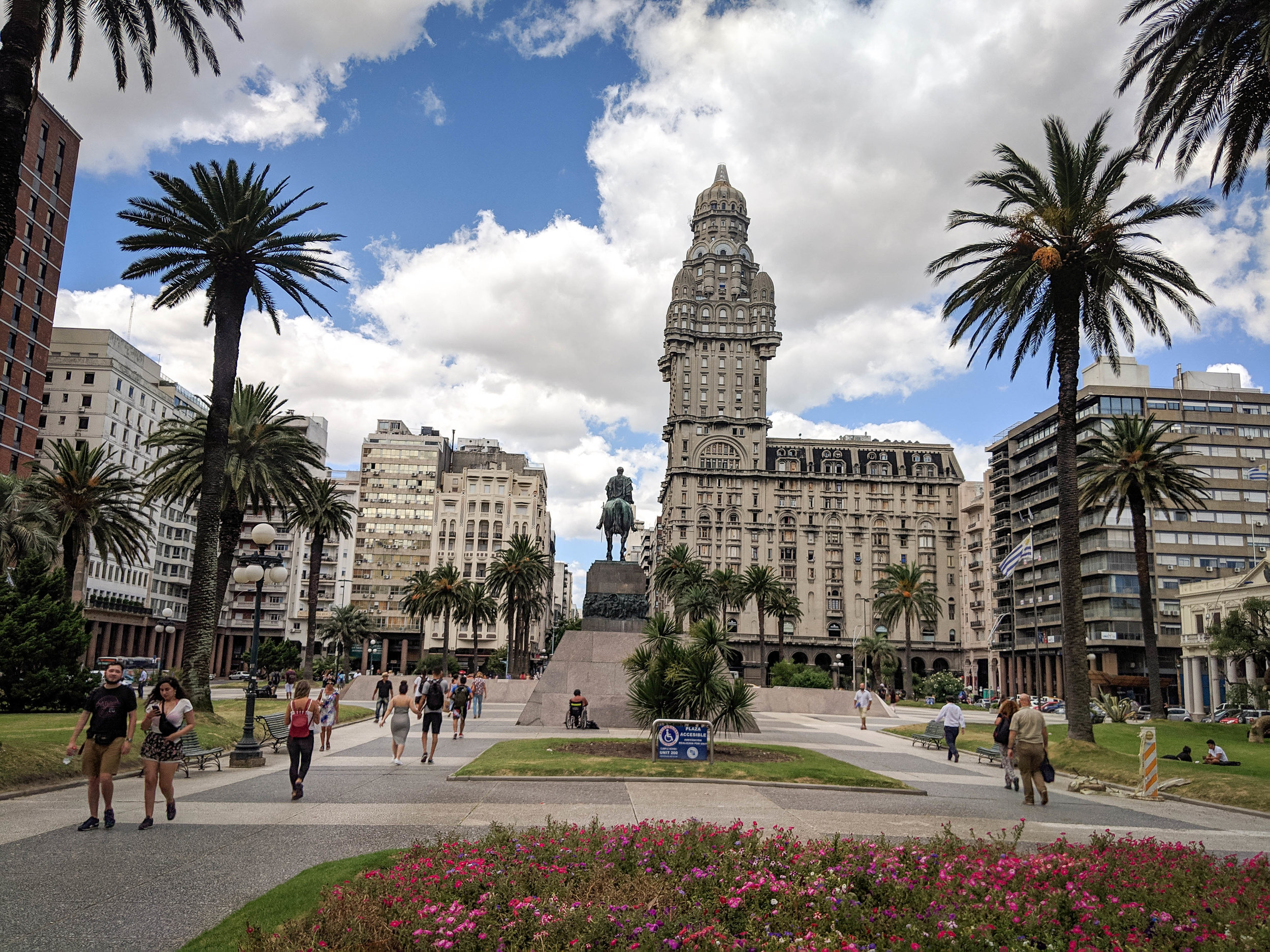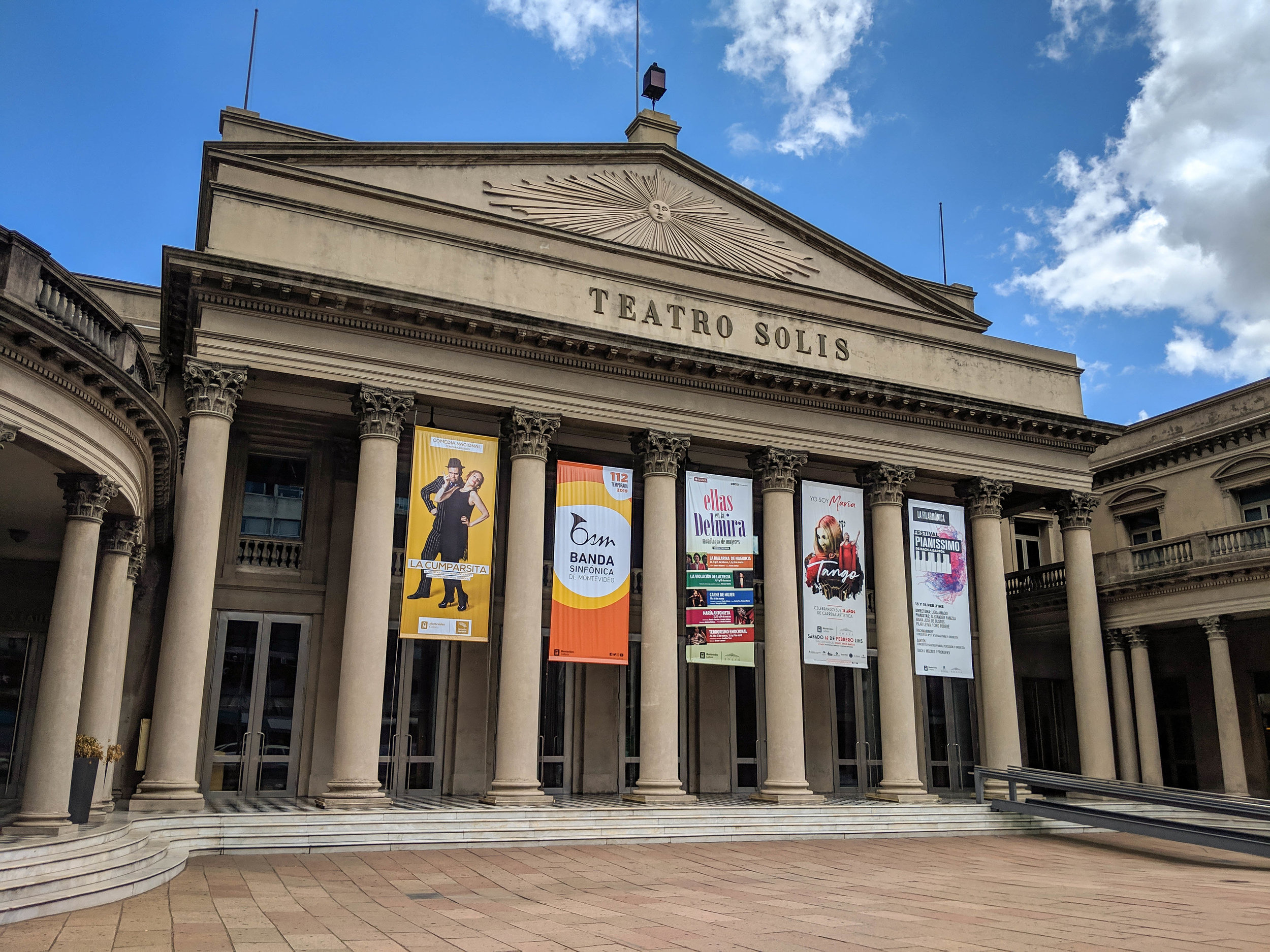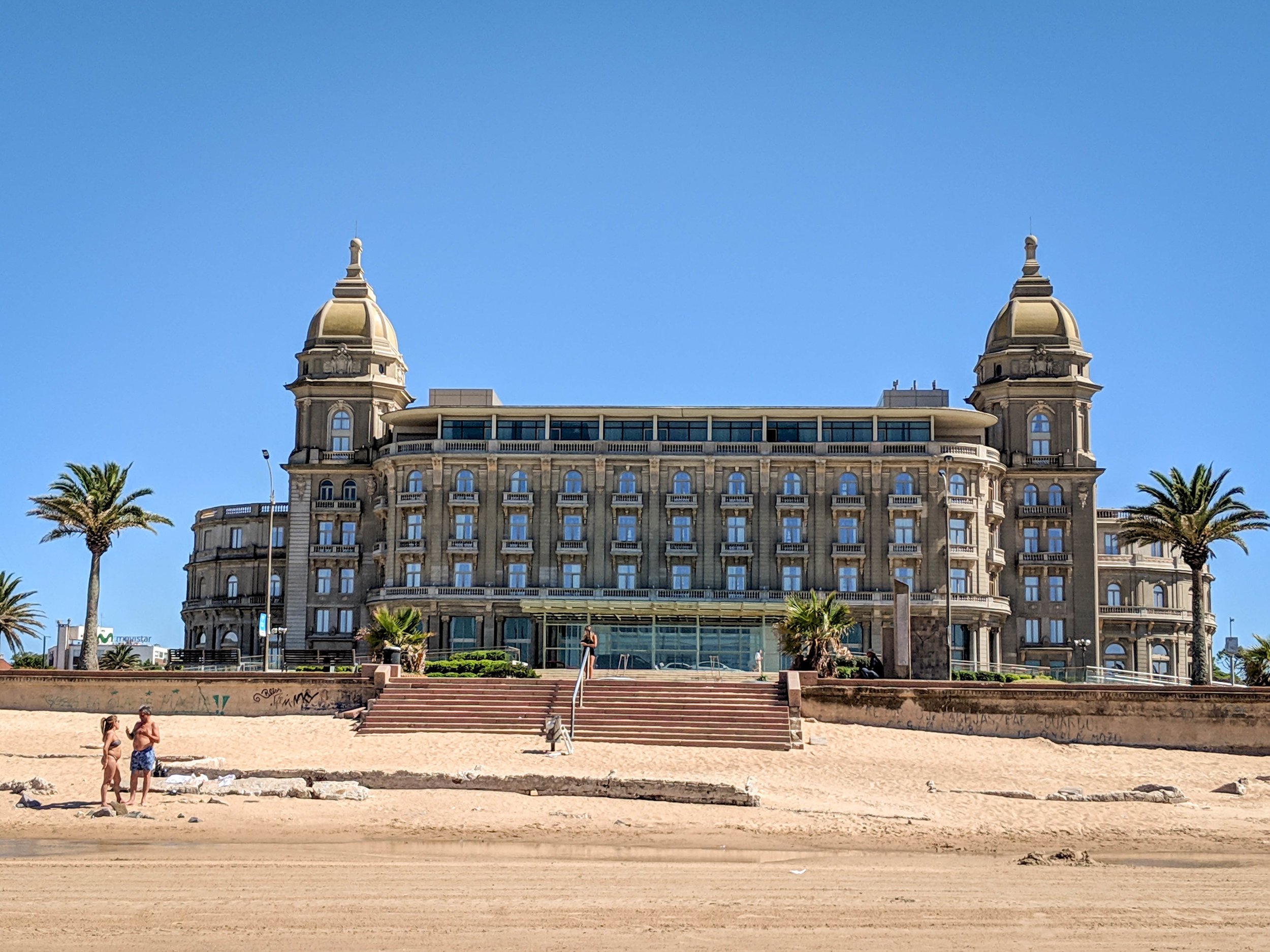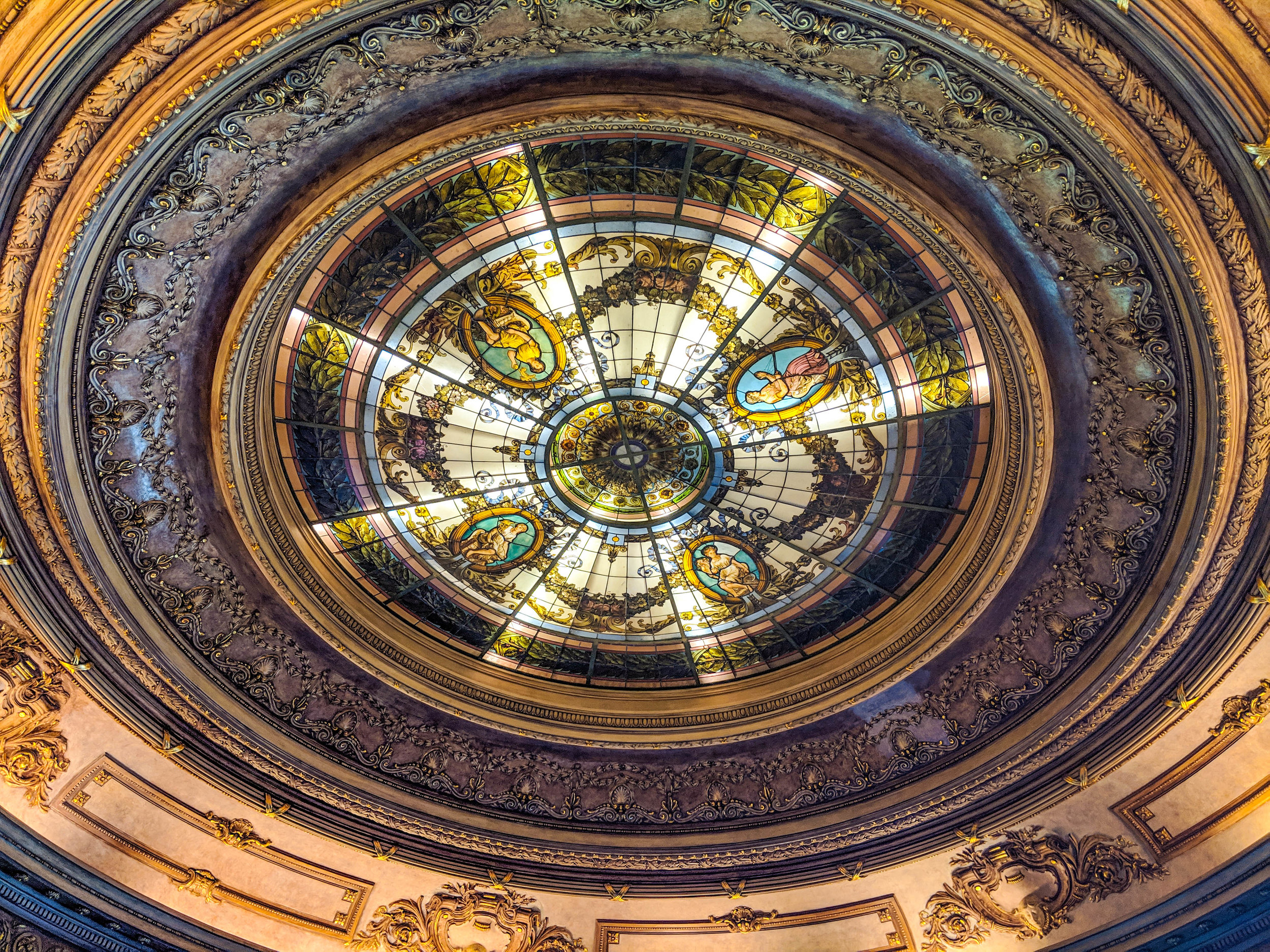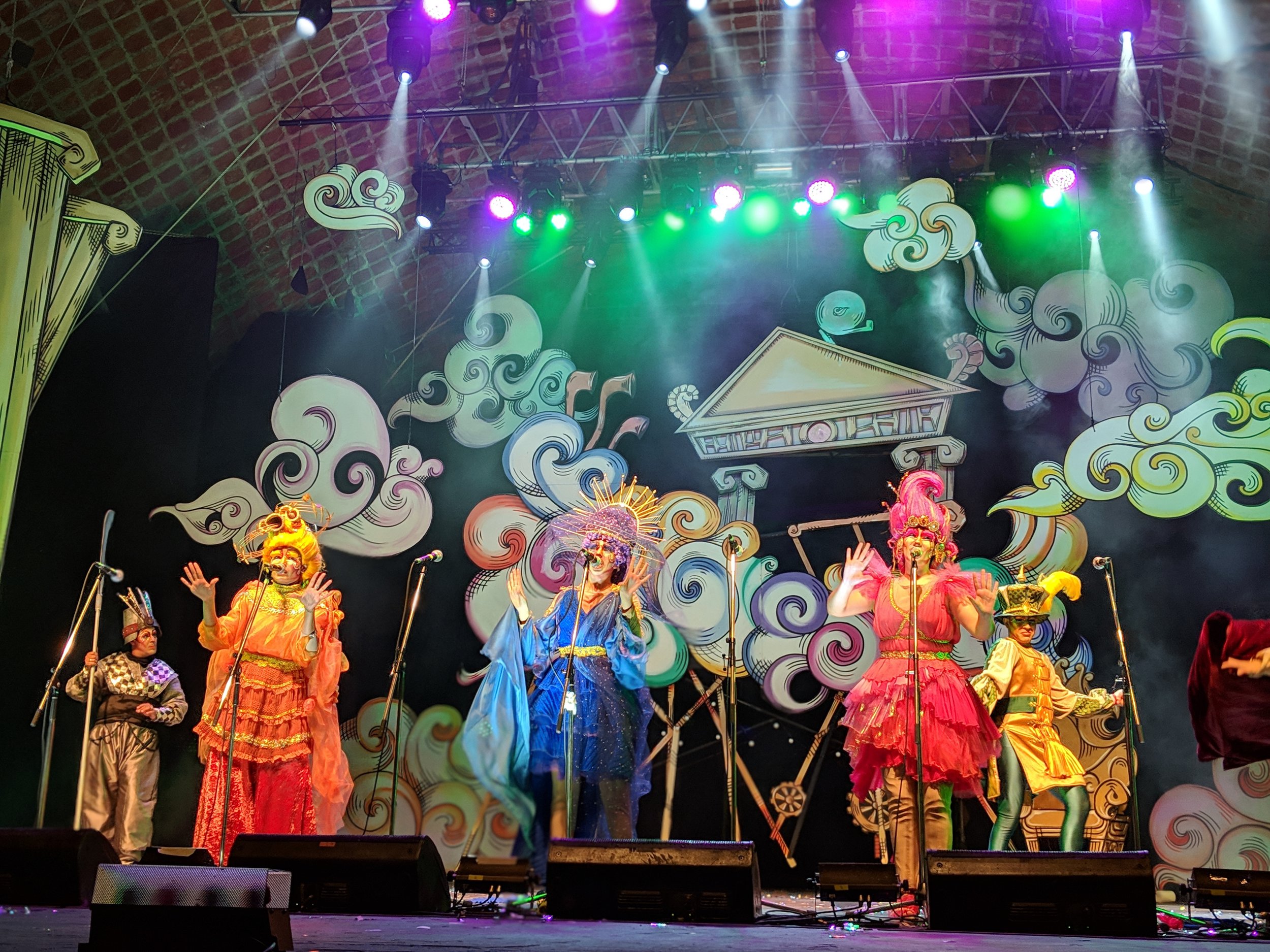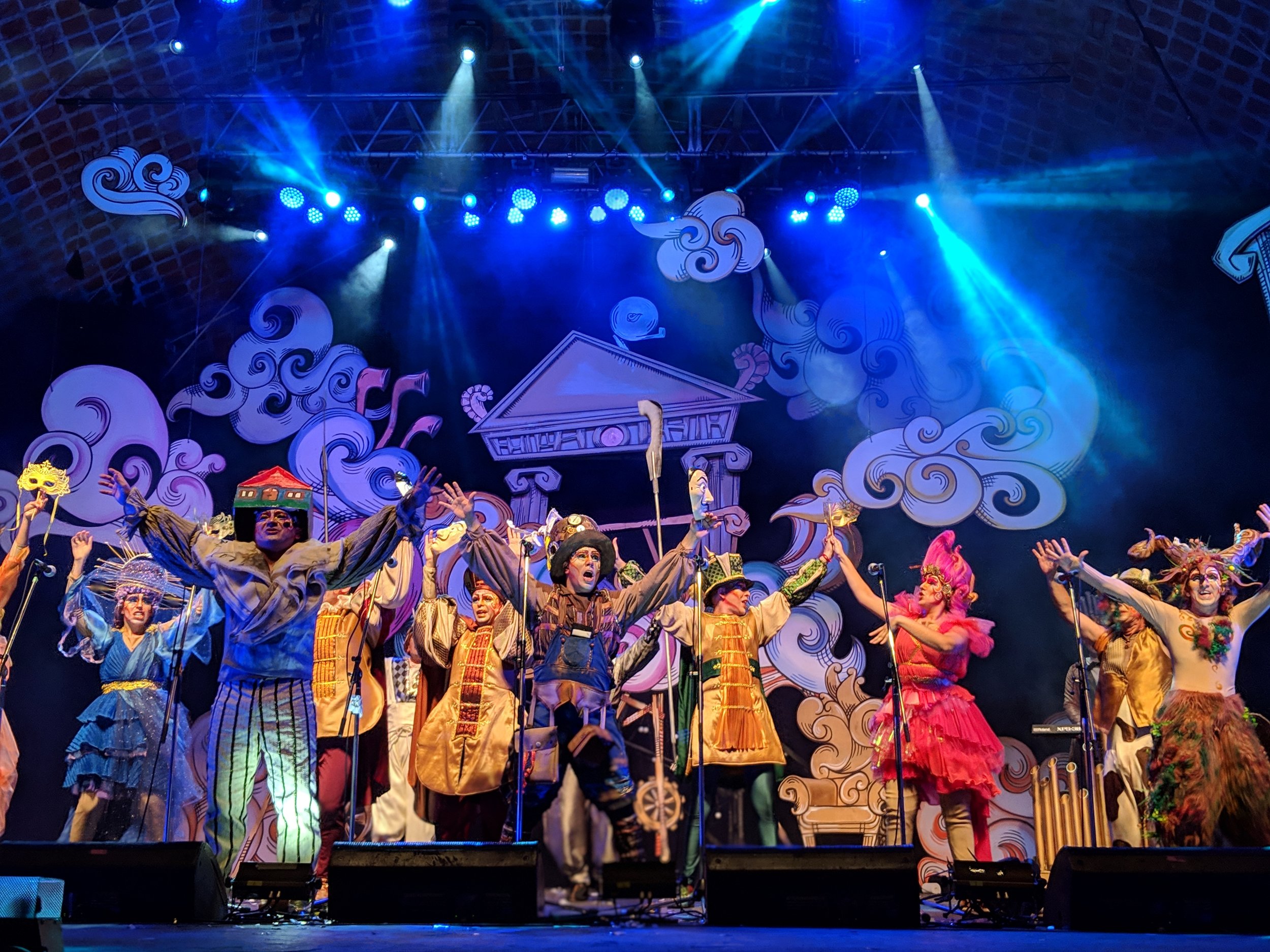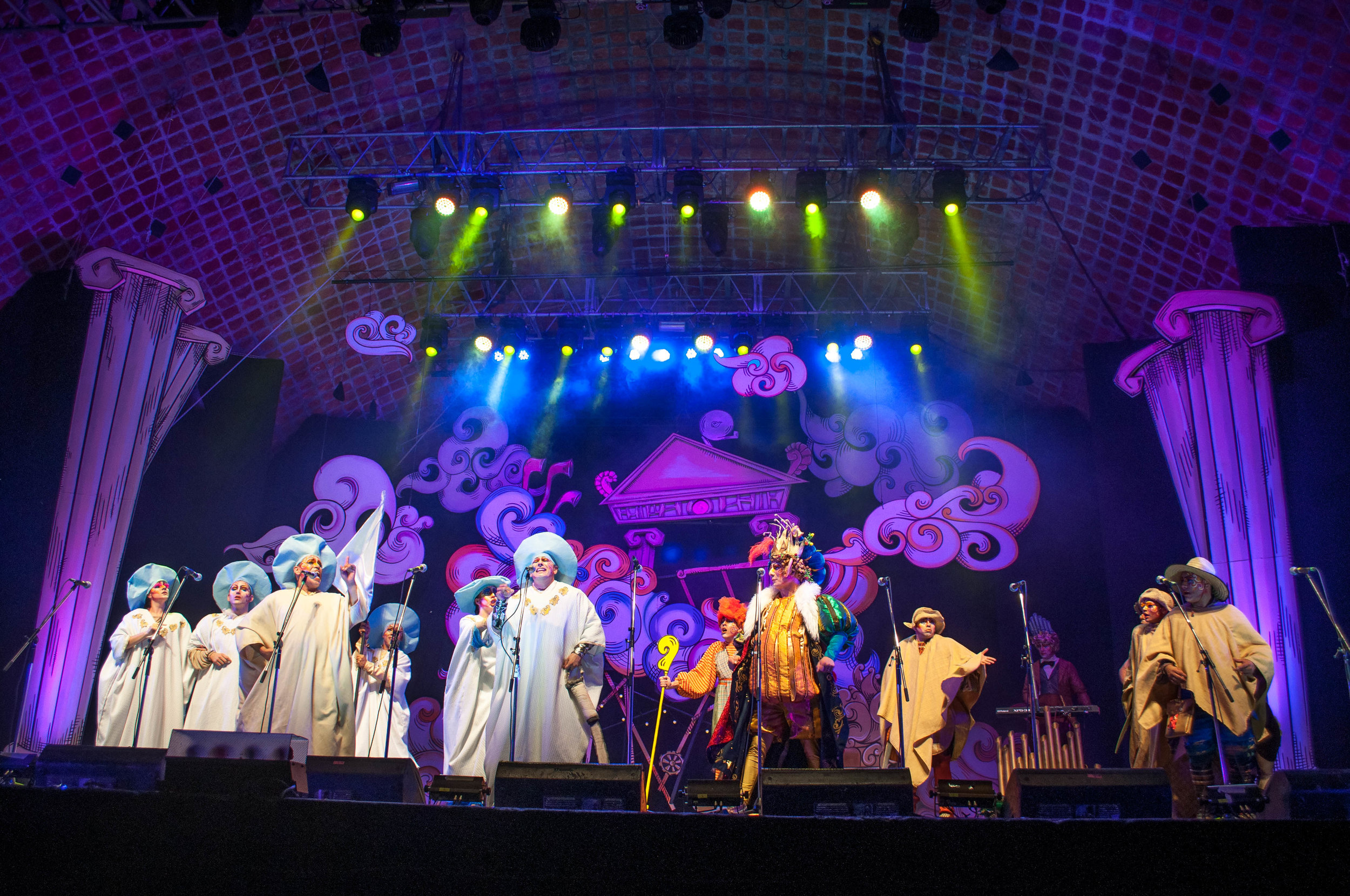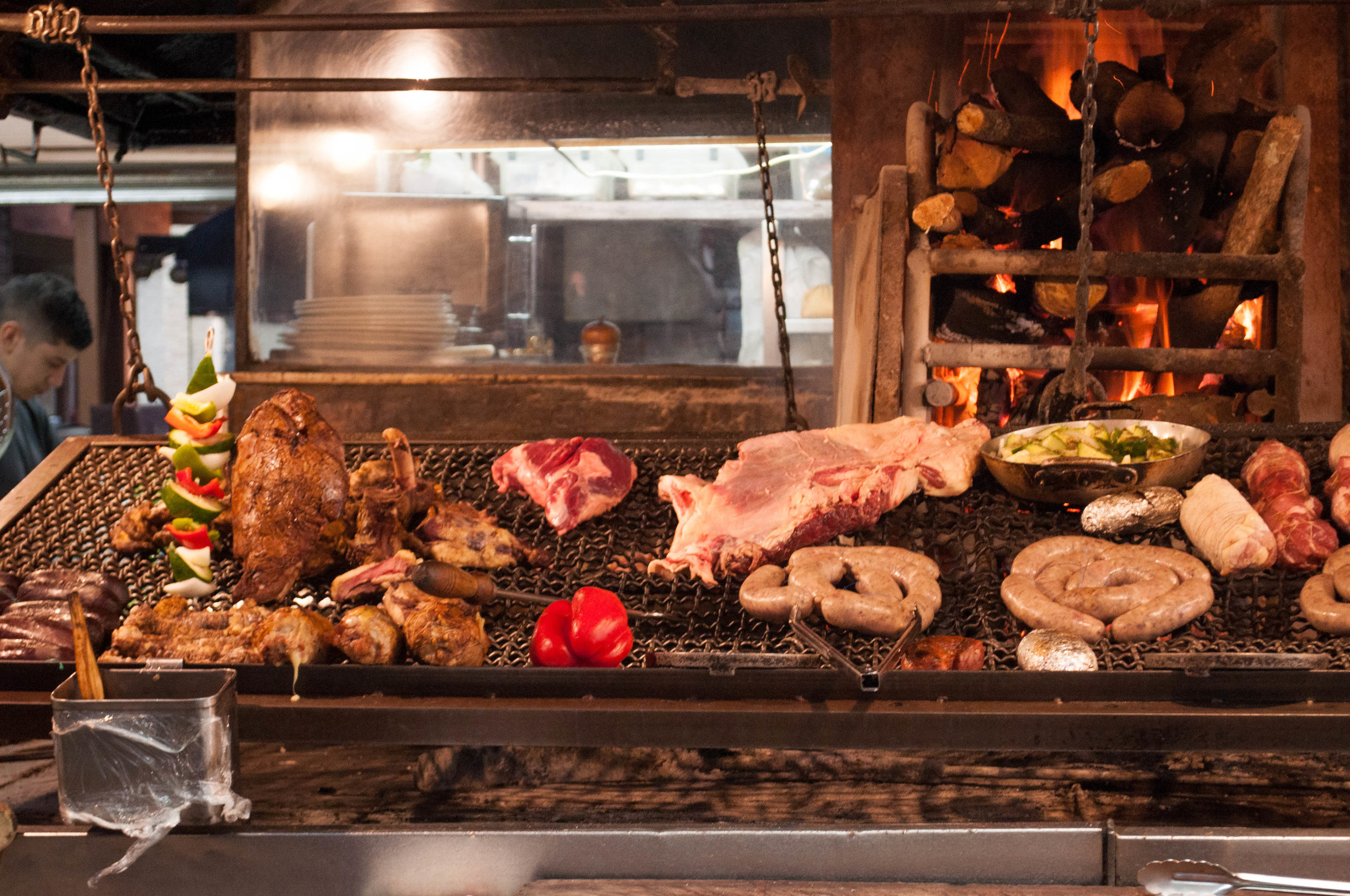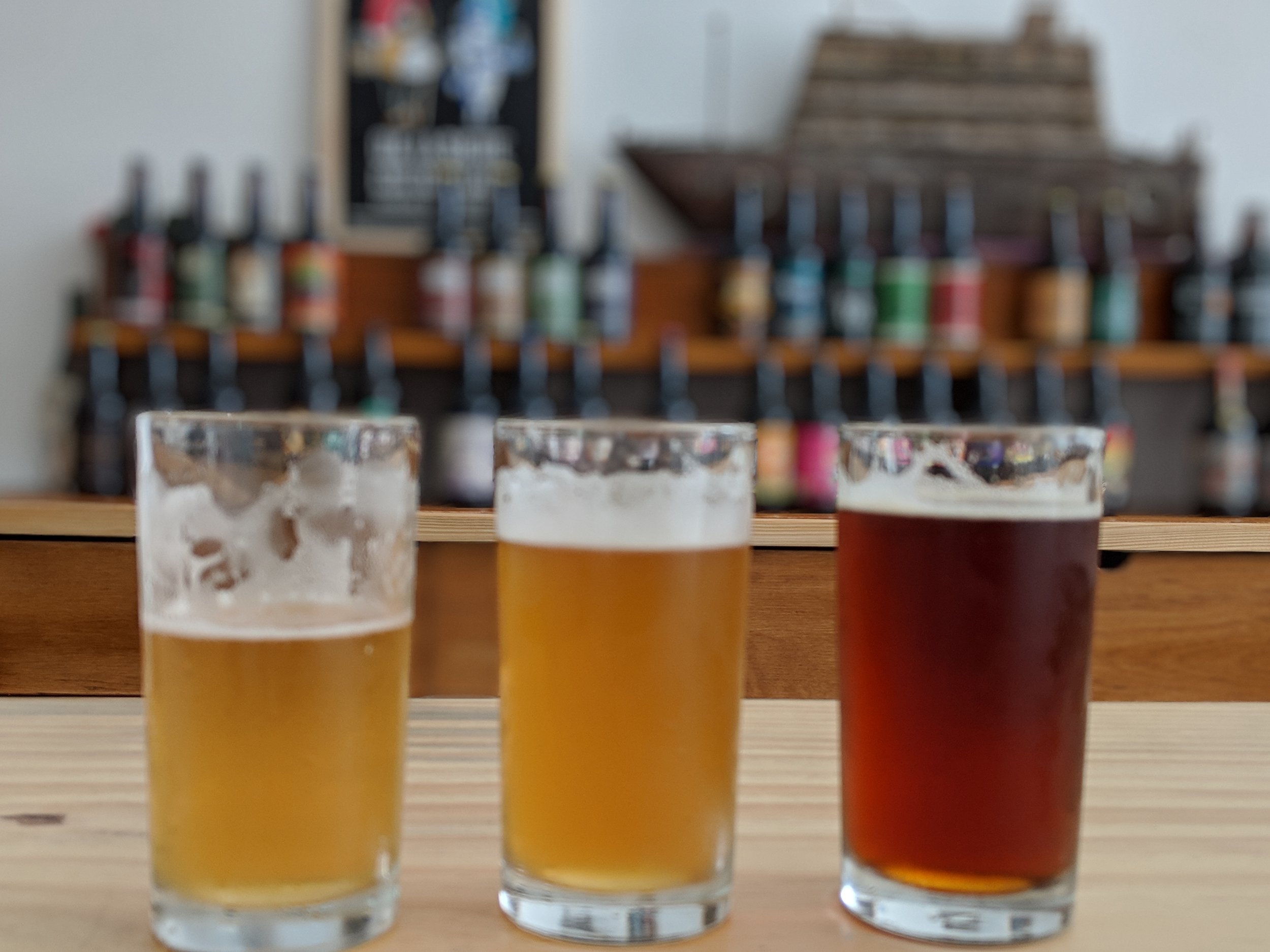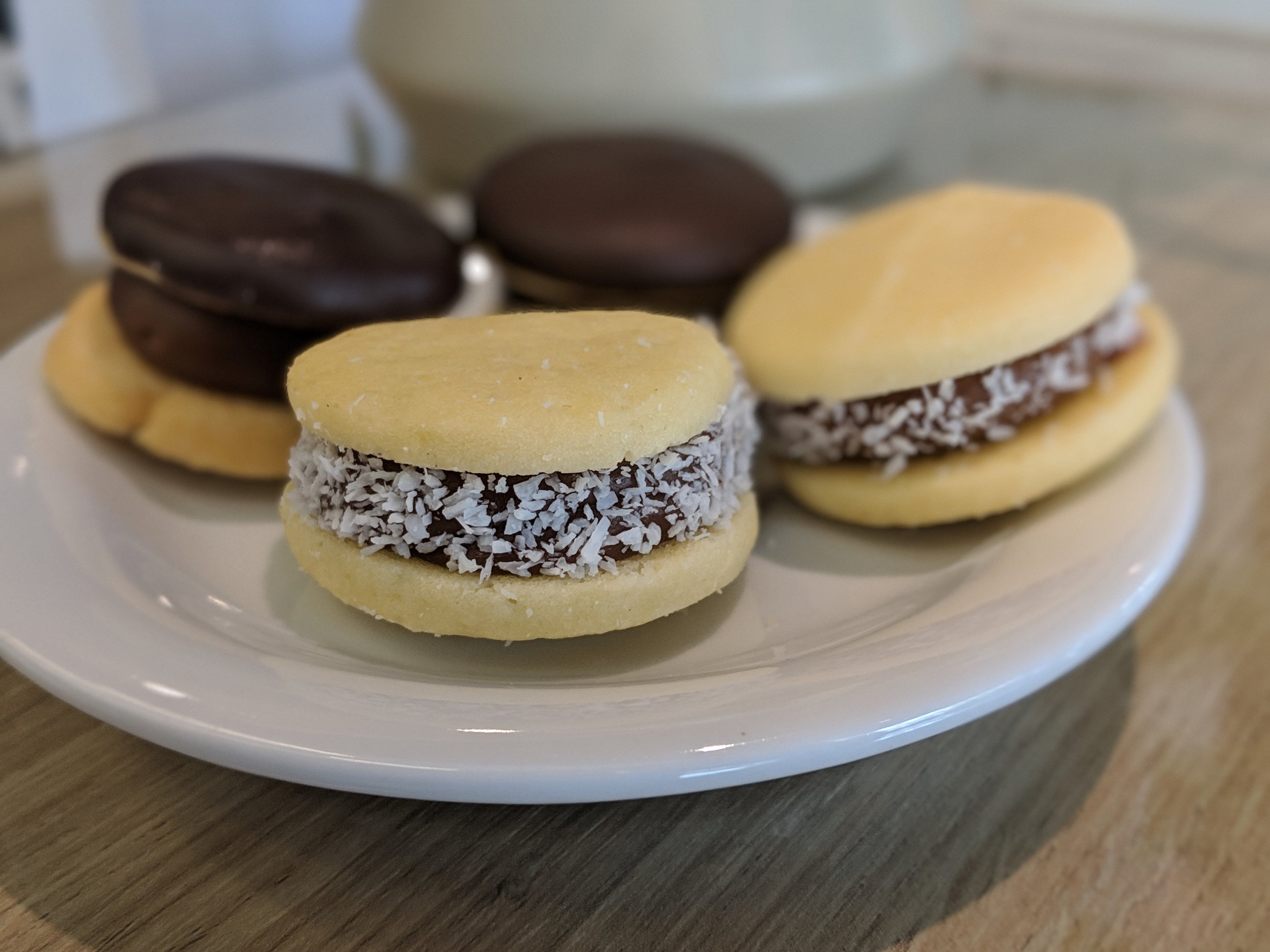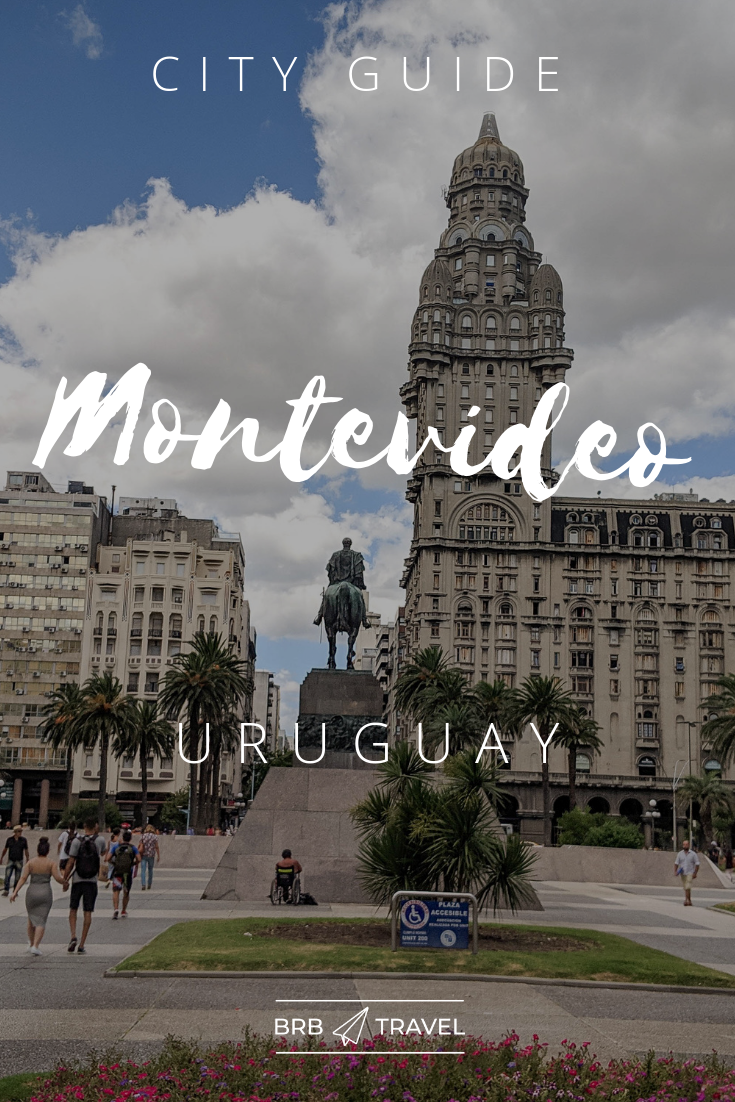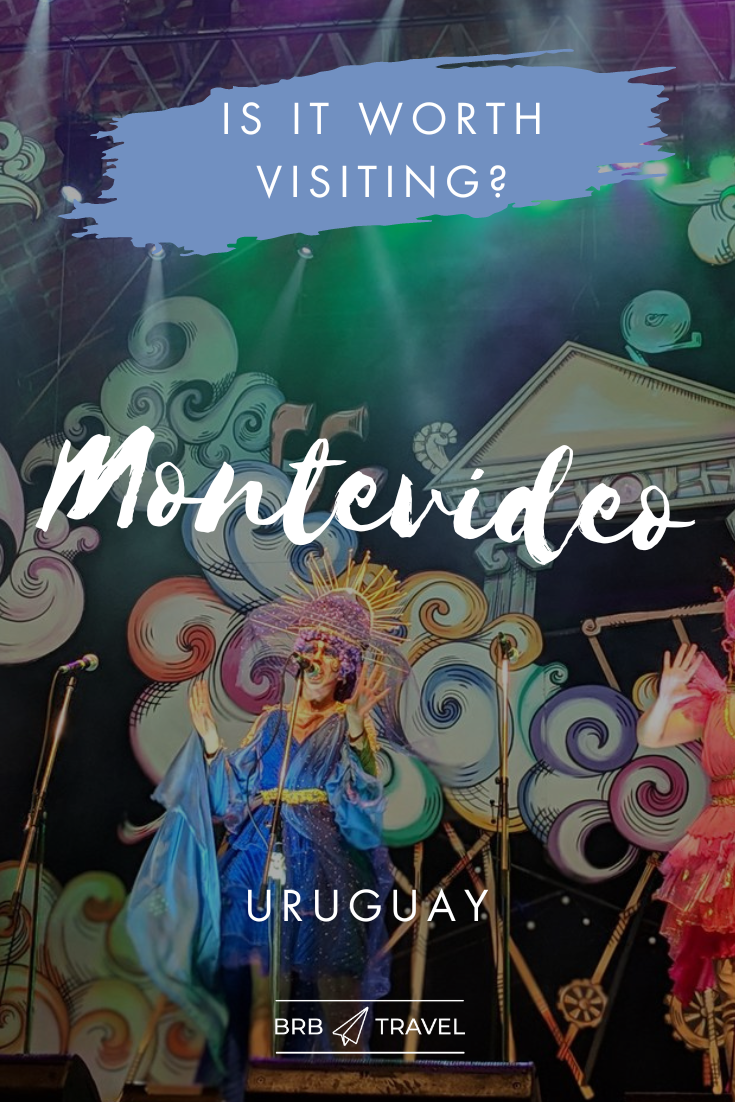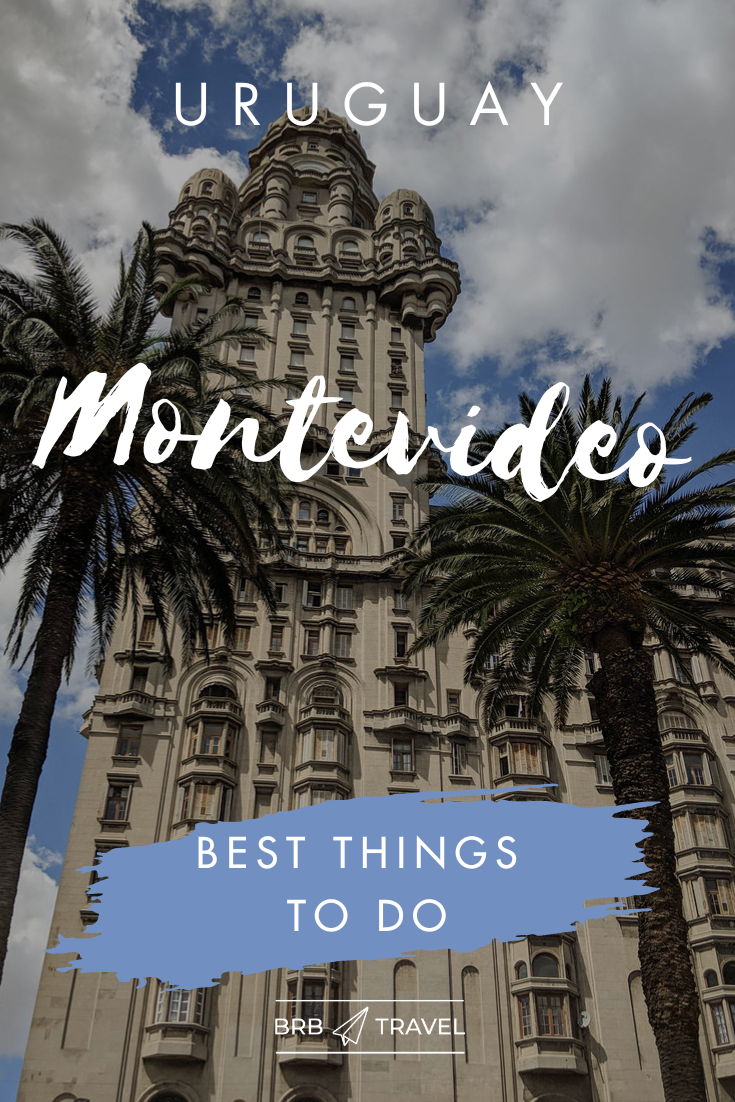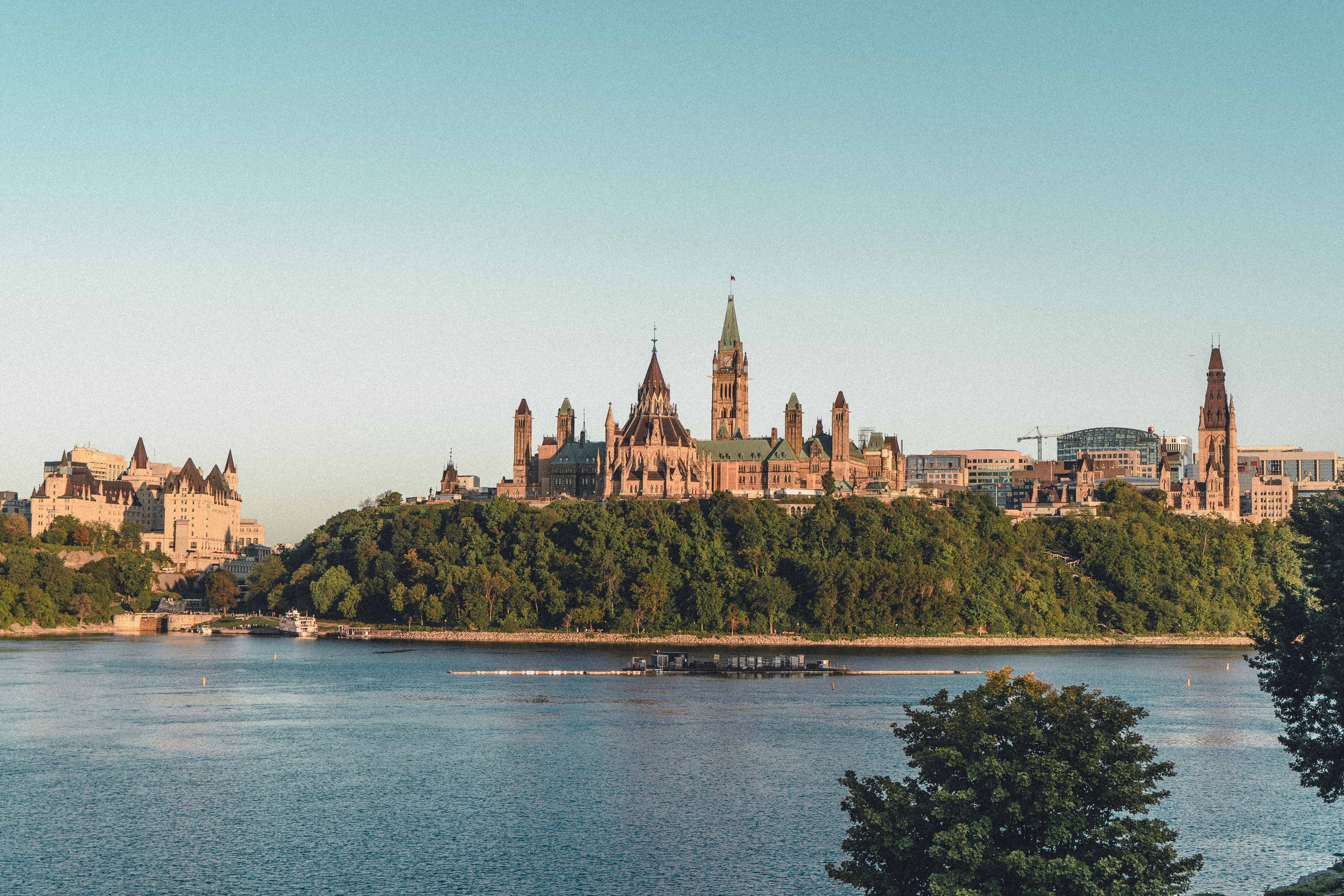Best things to do in Montevideo
Montevideo, the charming capital city of Uruguay is often missed and overlooked by many travellers. However, those who get a chance to visit the city will find a city like no other in South America. While most capitals in Latin America are crowded and a little chaotic, Montevideo is quite the other side of the spectrum as it is very laid-back and quiet.
Uruguay is probably the most socially progressive country in Latin America and the quality of living is also very high. Perhaps the most known example of this liberalism is the legalization of Marijuana. Also, the country has free education and healthcare, and abortion and same-sex marriage are also legal. This, among other factors, is what makes Uruguay so unique compared to the rest of the region.
Is Montevideo worth visiting? Of course! The city has everything for you to enjoy a great vacation. One of the things that I enjoy is that it is a small city and it is easy to discover it on foot.
Here are the top things to do in Montevideo with recommendations of where to eat and drink. Plus, you will get a carnival experience guide, so keep reading!
This travel guide is great for a 1-day or 2-day trip to Montevideo.
Walk along the Rambla
Montevideo is home to nearly half of Uruguay’s population and the Rambla is by far the most popular place in town. Uruguay has proposed the Rambla to the list of the UNESCO World Heritage site.
The Rambla is the coastline promenade that borders the entire capital and it is about 16 km long. It is the perfect place to enjoy the vibe of the city. Locals like to come here to decompress after a long day of work, walk, jog, cycle or just enjoy the sunsets with their ever-present mate in hand. So buy a mate or prepare a picnic and sit by the palm trees to enjoy the landscape.
Montevideo Beaches
Along la Rambla, you will not only enjoy the city skyline but also the numerous beaches. The water might not be the pristine blue that you dream of as the water is a mixture between the Río de la Plata River and the Atlantic which sometimes makes the water silver, green blue or brown. The colours vary depending on the weather and time of day.
While you can enter into the water almost all along the Rambla, there are some spots that are more popular and better organized than others. There are plenty of different beaches and a wide range of things to do in each.
Playa Pocitos is the most sought-after beach. It has almost 2 km of white sand and possesses a few beach sports facilities like volleyball. Honda Beach is popular for its water sports as it has strong waves and the water is deep enough for surfing. Ramirez Beach, Playa Verde and Playa de los Ingleses are also some of the well-liked beaches of the city. Playa de los Ingleses is known to be a less crowded area and a small beach is located just on the side of the peninsula of Punta Gorda. Playa Ramirez is next to one of Montevideo’s most popular parks, Parque Rodó which hosts a museum, and a vintage amusement park.
Psst: Keep in mind that the summer months are January and February since it’s the southern hemisphere.
Ciudad Vieja & Plaza Independencia
The “Old City” is the heart of Montevideo. It was the first neighbourhood built and it still holds much of the colonial architecture. Here, you will be able to see the original layout of the city with its gates and walls. The city’s gate is called Puerta de la Ciudadela and it is easily recognizable with its impressive structure. This is a great place to get lost in the cobbled stone streets and appreciate the buildings. Here you also have the Montevideo Metropolitan Cathedral which is the biggest and most important cathedral in the city. As you might imagine, this part of town is full of history but it is also the busiest at night with its cafes and bars. The old city also holds several walking tours for you to embark on and see the many tourist attractions. Just check out the durations that will fit your itinerary.
Plaza Independencia, just at the edge of the Ciudad Vieja, is the main square of the city and holds in its vicinity the most important and beautiful buildings with their Art Nouveau and Art Decó-style architecture. Most of these golden age buildings are Palacio Salvo and Teatro Solís. Palacio Salvo is perhaps the most iconic building in the city with its 27 floors. It is classified as a National Heritage Monument and it is occupied by a mixture of offices and private residences. While the entrance of the building is off-limits, you can book a guided tour or you can enter the Tango museum. This museum is like time travelling to the 1900s, the golden years of tango. Teatro Solís is the most emblematic and renowned theatre of Uruguay since its opening in the 1800s and is as beautiful on the inside as on the outside. Around the plaza in the city center so take the time to walk around here.
Mercados
Montevideo has numerous public markets that are worth a visit. The markets are the best way to find local ingredients and understand local cuisine.
The most popular market is Mercado del Puerto, the Port Market, and it gets very lively during the weekends. This market is full of food stands and souvenir shops. Take the time to eat there as there are plenty of options for asados, and Uruguayan barbecue. Outside of the market, there are many artisans’ stands and street performers.
Mercado Agrícola (mam) is a beautiful market full of history. This is an old train station that was converted into this farmers’ market and it is now a National Historic Landmark. There is a variety of restaurants and craft beer to enjoy the local flavours. There is also a place for concerts and other events. So check the calendar event maybe you will find something of your liking.
Mercado de los Artesanos is the place to find handicrafts. This Mercado is a cooperative of several artists located in 2 different parts of the city, Ciudad Vieja and Plaza Cagancha. This will be the place to buy souvenirs or those little gifts that will make your family, friends and coworkers very happy.
Lastly, Feria de Tristán Narvaja is a Flea Market, on the street of Tristán Narvaja in the Cordón neighbourhood. Every Sunday morning, the feria hosts several books and antique and vintage sellers. There are also food stands for your tastebuds to enjoy.
Museums
Montevideo has more than 50 museums which range from local history to international fine art. The best part is that most of the museums in the cities are free!
In Plaza Independencia, you will find the Mausoleo de Artigas, the national hero of Uruguay, the founding father of the country who held a key role during the country’s independence. The mausoleum is underground, underneath the statue.
Another important museum is the Museum of Fine Arts which has paintings of the acclaimed Uruguayan artist Juan Manuel Blanes. While you are there, take the time to go to the Japanese garden. The other museums are Museo del Gaucho, Museo del Carnaval and Museo de la Historia del Arte. The Contemporary Art Space (EAC) is a new art space housed in the former Miguelete prison, the oldest prison in Uruguay. In 2010, the prison had a different vocation and transformed itself into an art gallery and an exhibition space. The space is ingeniously used as the prison cells are used for exhibitions or works of art.
The reconstruction is still ongoing almost a decade later, but the space now has several permanent and changing exhibitions in place, including contemporary paintings, natural history items, and avant-garde exhibitions by local and foreign artists. As a permanent reminder of its darker past, bars haven't been removed from cell doors, and the entire ground floor will be left untouched–graffiti, destruction, and all.
Not categorized as a museum per se, but Fortaleza Del Cerro is a historical place that dates back to the 19th century. The fort is located on the mountain overlooking the city. From the top enjoy the views and Montevideo’s history. Another thing in the city that also feels like a museum is the Palacio Legislativo. The legislative palace is a beautiful neo-classical luxury building with a huge art collection and it has the second-largest library in the country.
Pittamiglio Castle is another odd museum that counts twenty-three towers and fifty-four rooms, as well as a number of unusual architectural details. The castle used to be the home of architect Humberto Pittamiglio and now houses a museum, a restaurant, and an exhibition space. There are numerous legends connected to the castle which you can learn during the guided tours.
Carrasco
Carrasco is probably the poshest and most expensive barrio in Montevideo. Here, you can go to the beach, wander around the many parks, and see the beautiful mansions and shops around the numerous boutiques. The Sofitel building is the most emblematic in this part of the city. It was constructed at the beginning of the ‘20s in the Classic and the Baroque styles and it is definitely a must-see! Only the lobby and the restaurant are open to the public, if you enter, don’t forget to look up as they have beautiful stained glass. The building also holds the Casino Carrasco if you would like to spend some time and money there.
Punta Carretas
This is another interesting neighbourhood. Here you can enjoy a walk near the lighthouse, visit a street market during the weekends, and go to the popular Teatro de Verano for a concert or for the carnival. There is also a prime shopping destination, the Punta Carretas Mall. Interesting fact, this mall used to be a jail during the dictatorship.
Take the Hop on Hop off bus
Montevideo has a touristic bus that will take you to the main landmarks and the best sightseeing spots of the city while explaining the history of the places and the city. You can go down and explore or choose to do the complete loop in 2 hours. The seats are very comfortable and the bus has AC, perfect for the hot summer days. The bus is easily recognizable with its bright pink colour. This is the perfect way to do a quick city tour if you have limited time in the city.
The main landmarks that the bus visit is, for example, the Estadio Centenario. This stadium is where the first-ever World Cup was played in 1930. Another cool stop is the beautiful botanical garden.
If you are looking for more things to do in Montevideo, then you can go to Tristán Narvaja Street. This is a lively street which combines a flea market, food market, used Knick knacks, and souvenirs. This is the perfect place to find a unique souvenir to bring back home.
Experience Montevideo’s Carnival
Did you know that Montevideo has the longest carnival in the world? While big carnival festivities are often linked to Rio de Janeiro in Brazil, the Uruguay carnival is just as unique. The festivities expand from late January to March and last for 40 days in total. These are the perfect examples of the melting pot of cultures that Montevideo has. The carnival tradition is a mix of Christian festivities with traditions from the enslaved Africans. The carnival is inseparable from the candombe drums, a large percussion instrument that’s worn on the body and played as the performer walks in the street. This instrument has been designated a Unesco Intangible Cultural Heritage of Humanity since 2009.
The carnival opens with the Inaugural Parada which takes place on the last Thursday of January and is followed by the Llamadas (calls) which are the first Thursday and first Friday in February. However, the Uruguayan Carnival is better characterized by the Murgas, carnival shows with choral singing and rhythm and satirical comments of the Uruguayan society.
We had the great opportunity to go to the Teatro de Verano for the official Murgas competition. This competition searches for the best murga’s choir, acting, dance, makeup, music, poetry, and costume design, among others and every night 4 groups present their year-long work. The competition goes from late January until early March.
Going to the carnival is a unique way to experience Uruguayan culture to the max! It is worth noticing that the shows are only done in Spanish and even if Spanish is your first language, you will not understand all the jokes since they are based on the country’s current events. Spanish is my first language and I, unfortunately, did not catch all the jokes.
Complete your carnival experience by heading to the Museo del Carnaval. This is a small museum that captures all the essence of the carnival. It showcases instruments, costumes and masks used in the past century. The museum also explains the origins and will show you videos of past Murgas and parades. The museum also has space to hold events and the famous tablados neighbourhood carnival shows.
Where to eat and drink in Montevideo?
Uruguayan food is delicious if you are a meat lover. The must-try dish is the asado. More than just a barbecue, the asado is a social event and Uruguayans can pass the whole day cooking for their friends and family, especially on Sundays. The meat is slow-cooked and very juicy. If you have the sweet tooth then you need to try the Alfajores, a cookie sandwich filled with delicious dulce de leche.
The portions in Montevideo are HUGE, two people can easily eat from 1 dish so be aware while ordering food.
To eat great meat, I would suggest going to Garcia restaurant. Located in the Carrasco neighbourhood, the restaurant has been open for more than 50 years and it has become an institution in the city. You will want to pair the meat and empanadas with a Tannat, the local grape variety that makes most of the wine of Uruguay.
Baco Vino y Bistro is a French restaurant with a Uruguayan twist. The wine list is very extensive and only focuses on wines from South America. I took a beef tartar and it was delicious! The restaurant is in the Punta Carretas neighbourhood.
Baika Birras Uruguayas has great craft beers from many breweries across the country. It is right next to the port market, in the old town, so it will be perfect to enjoy a cold one after all the visiting!
Day trips from Montevideo
Uruguay is a small country and you will arrive in rural parts of the country just 40 minutes away from the capital.
A popular day trip is to go to the wineries near the city. Uruguay has its own grape variety Tannat. These create full-bodied red wines with notes of spices and chocolate. I would suggest booking a tour since you absolutely cannot drink and drive (zero tolerance). The different bodegas have a wine tasting for their visitors.
Colonia del Sacramento is mostly done as a day trip from Buenos Aires but this little colonial town can be easily visited from Montevideo. This UNESCO World Heritage Site town was first settled by the Portuguese. It is only 2 hours away from the capital.
Punta Del Este, while I would recommend taking this as a weekend getaway or a multi-day trip, can be a good day trip. Punta del Este is like the Saint-Tropez of South America, where the rich and famous go to the beach. The beaches are great and Punta del Este has many restaurants and museums. You can read other travel tips and other things to do in Uruguay here. The most popular beaches there are Playa Brava with is a long sandy beach and Playa Mansa. In the same area, José Ignacio is the perfect beach town to explore.
Another option will be to combine Uruguay with other South American cities or countries like visiting Buenos Aires in Argentina or the south of Brazil.
Practical information
Getting around
Montevideo is a small city and it can easily be visited on foot. The capital also has a great public transport system with subway, buses and urban trains that can take you around.
GETTING TO Montevideo
Uruguay is a small country and its international airport does not have many connections. You will most probably have to make a transfer to a neighbouring country to arrive in Uruguay.
You can also take a 4-hour ferry from Buenos Aires or drive from either Argentina or Brazil.
safety
Montevideo is probably one of the safest cities in South America! The quality of life in the country is very high compared to the rest of the region so social discrepancies and violence are less striking.
TAP WATER
You can drink tap water so ditch your plastic bottle and fill your reusable bottle everywhere.
WHEN TO GO?
Uruguay has 4 stations and the winter can get very chilly. However, I would suggest visiting in the summer so you can enjoy the beaches and the energy of the carnival.
CURRENCY
The currency used in Uruguay is the Uruguayan peso (peso Uruguayo in Spanish). Uruguay is quite expensive compared to Argentina and other countries of the region, the prices were similar to the ones that we have in Montreal (Canada).
Credit cards are widely used everywhere. In fact, credit cards are encouraged and most shops and restaurants will give you a 15%-20% discount if you use your card. The government is encouraging this so that the money reserves of the country stay as stable as possible.
POWER
In Uruguay, the power plugs and sockets are of type C (Euro type of plugs), F, I and L (3 pins in a row). The standard voltage is 230 V and the standard frequency is 50 Hz.
So, what are you waiting for to start planning your trip to Montevideo?
Do you like the content? Why not help me by buying me a virtual cup of tea?
Disclaimer: We enjoyed a free entrance to the carnival and to the touristic bus as guests of the Tourism board of Montevideo. All opinions are my own, as always.
PIN IT FOR LATER!

